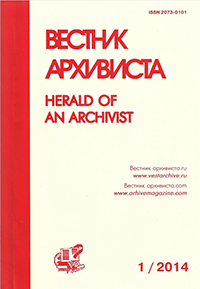THE FLIGHT OF APOLLO-SOYUZ: 40TH ANNIVERSARY
Most of us take it for granted today that American astronauts and Russian cosmonauts live and work together in Earth orbit. They've been doing it for years, first in the Shuttle-Mir program, and now on the International Space Station. This orbital cooperation has grown to include partners in the European and Japanese space agencies, and will continue well into the next decade, as humanity learns about living off the home planet to prepare for longer journeys beyond Earth orbit.
But before the two Cold War-rivals first met in orbit in 1975, such a partnership seemed unlikely. Since Sputnik bleeped into orbit in 1957, the superpowers were driven by the Space Race, with the U.S. and then-Soviet Union driven more by competition than cooperation. When President Kennedy called for a manned moon landing in 1961, he spoke of "battle that is now going on around the world between freedom and tyranny" and referred to the "head start obtained by the Soviets with their large rocket engines."
But by the mid-70s things had changed. The U.S. had "won" the race to the Moon, with six Apollo landings between 1969 and 1972. Both nations had launched space stations, the Russian Salyut and American Skylab. With the Space Shuttle still a few years off and the diplomatic chill thawing, the time was right for a joint mission.






